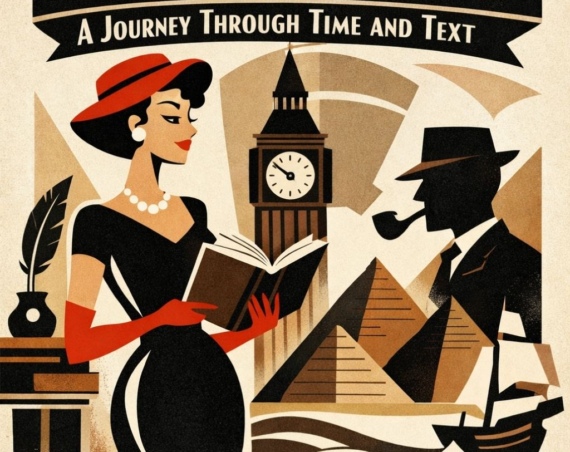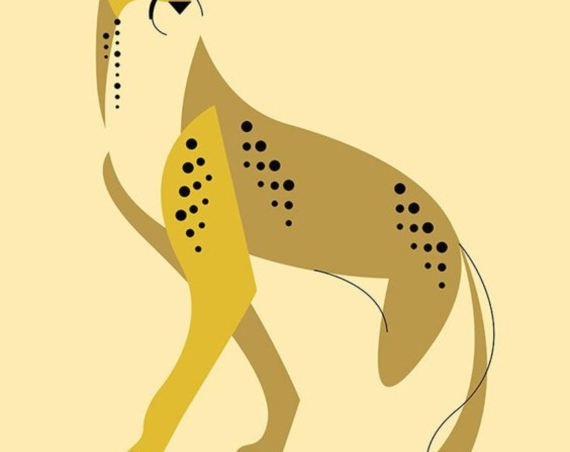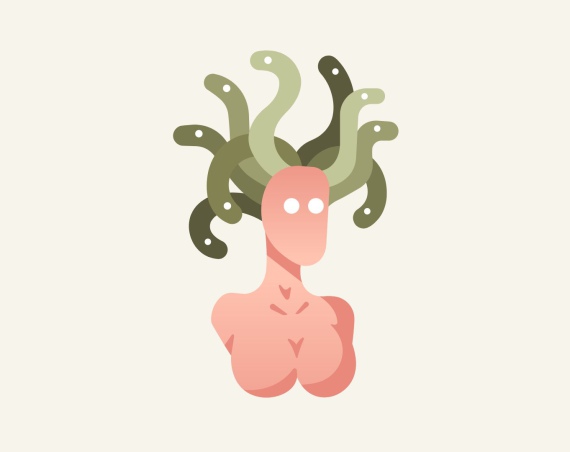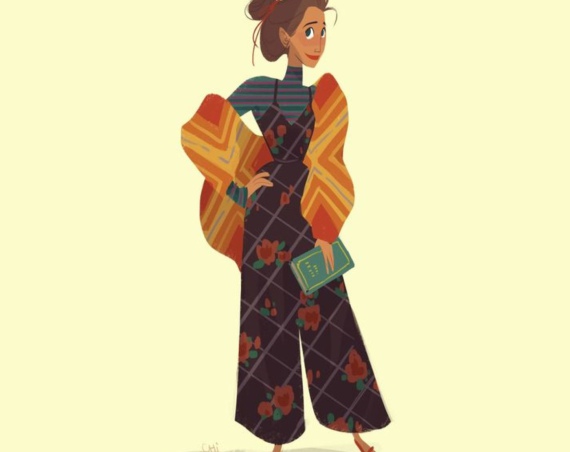Surrealism is a cultural movement that emerged in Europe after World War I, as a reaction against the rationalism and destruction that had led to the horrors of the war. Surrealists sought to explore the hidden realms of the unconscious mind, where dreams, fantasies, and irrational impulses could be expressed freely. They believed that by combining these elements with the everyday reality, they could create a new and superior reality, or surreality.
Surrealism influenced many forms of art, such as painting, film, theatre, photography, and literature. In this blog post, we will focus on how surrealism manifested itself in fiction, and what are some of the characteristics and examples of surrealist literature.
Characteristics of Surrealist Fiction
Surrealist fiction is not easy to define, as it encompasses a wide range of styles, themes, and techniques. However, some of the common features of surrealist fiction are:
- Juxtaposition: Surrealist fiction often combines elements that are normally unrelated or contradictory, creating a sense of surprise, shock, or absurdity. For example, in Salvador Dali’s painting The Persistence of Memory, he depicts melting clocks in a desert landscape, suggesting a distortion of time and space2
- Dreamlike quality: Surrealist fiction often resembles a dream or a nightmare, where logic and reason are suspended, and anything can happen. For example, in Franz Kafka’s novel The Trial, the protagonist Josef K. is arrested and prosecuted by a mysterious authority for a crime he does not know. He encounters bizarre situations and characters that defy explanation or resolution3
- Automatism: Surrealist fiction often relies on spontaneous or random methods of writing, such as free association, stream of consciousness, or cut-up technique. These methods aim to bypass the conscious control and censorship of the writer, and allow the unconscious thoughts and feelings to emerge on the page. For example, in André Breton’s novel Nadja, he writes: “Who am I? If this once I were to rely on a proverb, then perhaps everything would amount to knowing whom I ‘haunt.’”
Examples of Surrealist Fiction
Surrealist fiction is not limited to a specific genre or period. It can be found in various forms of literature, such as novels, short stories, poems, plays, and comics. Here are some examples of surrealist fiction from different authors and eras:
- Alice’s Adventures in Wonderland by Lewis Carroll (1865): This classic children’s book tells the story of Alice, who falls down a rabbit hole and enters a fantastical world full of talking animals, mad hatters, and nonsensical riddles. The book is full of surreal imagery and wordplay that challenge the conventions of logic and language.
- One Hundred Years of Solitude by Gabriel García Márquez (1967): This epic novel chronicles the history of the Buendía family and their town of Macondo, where magical and mundane events coexist. The novel blends realism and fantasy, creating a rich and complex tapestry of Latin American culture and history.
- The Wind-Up Bird Chronicle by Haruki Murakami (1994): This novel follows Toru Okada, an unemployed man who searches for his missing wife and cat in Tokyo. Along the way, he encounters various characters and situations that reveal the hidden connections between his personal life and the political and historical events of Japan.
- House of Leaves by Mark Z. Danielewski (2000): This experimental novel consists of multiple layers of narration and typography that create a labyrinthine reading experience. The novel revolves around a documentary film about a house that is larger on the inside than on the outside, and the effects it has on its inhabitants and viewers.
Conclusion
Surrealism in fiction is a fascinating and diverse field that offers many possibilities for creative expression and interpretation. By exploring the unconscious mind and its relation to reality, surrealist fiction challenges us to question our assumptions and expectations about ourselves and the world we live in.
If you enjoyed this blog post, please share it with your friends and leave a comment below. And if you want to learn more about surrealism in fiction or other topics related to literature and art, please subscribe to our newsletter for more updates.




